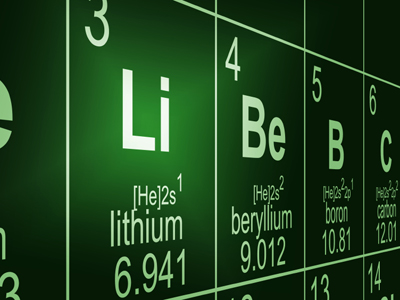
Periodic Table - Trends in the Periodic Table
By now you will be aware that a good knowledge of the periodic table is essential for students of GCSE Chemistry. This is one of a series of quizzes on the topic and it looks at some of the patterns or trends between elements which can be observed in the periodic table.
Several scientists came up with the idea of the periodic table, but the one thing they all had in common was that they looked for patterns. A full understanding was beyond these people as they had no knowledge of atomic structure. Russian scientist Dimitri Mendeleev was the scientist who finally came up with a periodic table that worked. Like others before him, he arranged the known elements in order of atomic mass, starting a new line after each eight elements, but sometimes he swapped the order of elements and also left gaps, realising that there were probably other elements to discover. This meant that some of them were 'out of order' in terms of their atomic mass but his table seemed to work.
Ready for more?
not all...
quizzers. Try to win a coveted spot on our Hall of Fame Page.







